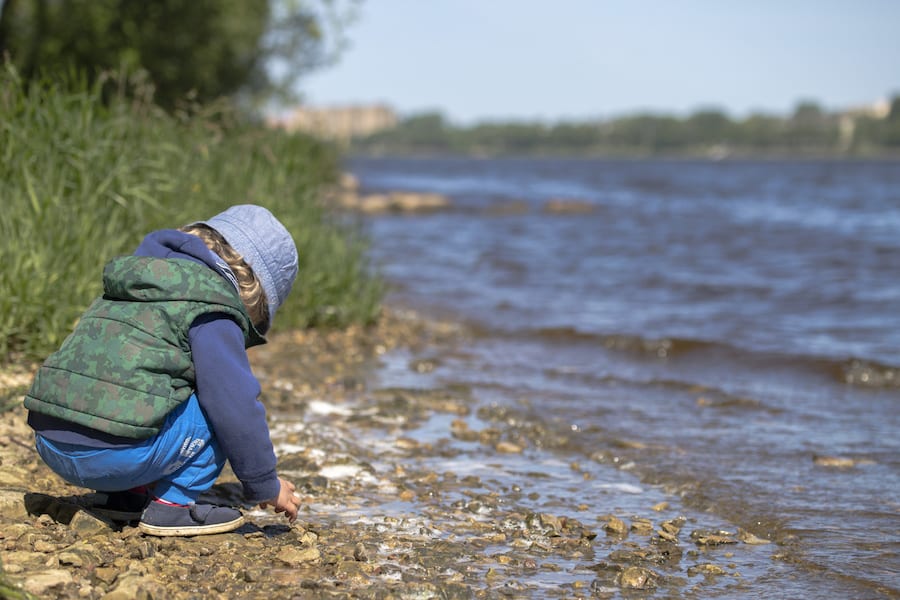[vc_row][vc_column][vc_column_text]
Recent studies about the tendency of children with autism to wander have brought new attention to the dangers of this behavior. One such study, funded by Autism Speaks, surveyed parents and found that 49 percent of children with autism had tried wandering off or running away. In contrast, just 11 percent of their siblings without autism had done the same.
No matter how vigilant parents are, wandering or running off remains a very real danger for children on the autism spectrum. Alarmingly, fewer than half of the parents in the study reported that they had received counseling from a pediatrician or other professional about wandering.
Keeping your family safe begins with educating yourself about the many things you can do to prevent wandering and prepare for an emergency. Caravel Autism Health’s specialists offer the following strategies.
Safeguard Your Home
Taking preventive measures to secure your home from the inside is a great first step. There are lots of options for families, from the basic – like adding hook-and-eye latches above your child’s reach – to the high-tech – like installing a whole-home security system. Deadbolts, door and window alarms, and motion detectors can also provide a greater sense of safety and security for families.
Use Identification Tools
Many parents use tools such as medical ID bracelets or necklaces. These should include names and phone numbers, along with other important facts, especially if your child is non-verbal. For children who are bothered by wearing a bracelet or necklace, there are other options, like shoe ID tags and temporary tattoos that provide emergency information should your child wander off.
Research Whether Tracking Programs Are Available in Your Community
First responders in many communities use tracking programs to search for “at risk” individuals who have gone missing. These programs use radio frequency devices that are typically worn on the wrist. Public safety officials use the device’s unique signal to quickly pinpoint the location of the missing person. Project Lifesaver and SafetyNet Tracking Service are two of the most popular systems used by law enforcement authorities. Visit their websites to search by zip code to see if these programs are available in your area.
Make Sure Your Child Knows How to Swim
In addition to being prone to wandering, many children with autism are also drawn to water. The combination can be lethal. Making sure your child knows how to swim can save his or her life. Many private swim schools, as well as local YMCAs and other community fitness facilities, offer special swim lessons for children with special needs.
Make a Family Emergency Plan
Seconds count once you realize a child has gone missing. Take the time to sit down and create your own family plan before an emergency unfolds. Include emergency contact names and numbers. Also include the names and numbers of neighbors who are willing to help should an emergency search be necessary. Document the places your child is likely to go, as well as any dangerous areas that are nearby. Doing so will put key information at your fingertips in the event of emergency and ensure you’re ready to act quickly and efficiently. The National Autism Association (NAA) offers a downloadable “Family Wandering Emergency Plan” template. There are many other excellent resources available on the subject of wandering and safety. For more information, check out the following links:
Family Wandering Emergency Plan template from NAA
Be REDy Booklet for Caregivers from NAA
Wandering Prevention Resources from Autism Speaks
Safety Tips from the American Academy of Pediatrics
Safety and Children with Disabilities from Centers for Disease Control and Prevention
[/vc_column_text][/vc_column][/vc_row]





